This 3D model of Marvin The Paranoid Android 1981 consists of files in StereoLithography (.Stl) format that is optimized for 3D printing.
Before printing the files, we strongly recommend reading the PRINTING DETAILS section.
WHAT WILL YOU GET AFTER PURCHASE?
- 2 versions of Marvin The Paranoid Android 1981 STL files for FFF/FDM and DLP/SLA - files for all versions are available for download after the purchase;
- STL files of high-poly Marvin The Paranoid Android 1981 Model for 3D printing consist of 52 files;
- Sizes for:
- FFF/FDM standard platform: 491 mm tall, 183 mm wide, 238 mm deep;
- DLP/SLA standard platform: 245 mm tall, 91 mm wide, 119 mm deep;
- Assembly Manual for FFF/FDM 1.0 and DLP/SLA 1.0 versions in PDF and video formats;
- Detailed settings that we provide as a recommendation for Cura, Simplify3D, Slic3r and PrusaSlicer for the best print;
- Full technical support from the Gambody Support Team.
Detailed information about this 3D printing model is available in the DESCRIPTION section.
ABOUT THIS 3D MODEL
Marvin, the chronically depressed robot, is a central character in "The Hitchhiker's Guide to the Galaxy." Alongside his human companions, including Arthur Dent, Ford Prefect, Zaphod Beeblebrox, and Trillian, Marvin embarks on a series of intergalactic misadventures. Together, they explore the cosmos, encountering bizarre phenomena, eccentric alien species, and navigating the complexities of the universe as they consult "The Hitchhiker's Guide to the Galaxy," a whimsical electronic encyclopedia that offers quirky advice and humorous commentary on the galaxy's wonders and dangers.
This distinctive android boasts a sleek metal body, rotatable head, and articulated arms, all of which can be brought to life through 3D printing. Additionally, his eyes and mouth can be backlit, adding to his unique charm and personality.
ADAPTATION FOR 3D PRINTING
Marvin the Paranoid Android 1981 model for 3D printing is a active assembly model and its moderation and adaptation for different types of 3D printers took the Gambody team 90 hours in total.
For you to receive the cleanest 3D printing result possible, minimize the amount of filament needed for generated support, and make use of the active elements designed by Gambody Engineers, the robot was divided into convenient assembly parts.
All assembly parts in the FFF/FDM 1.0 version are provided in STL files in recommended positions that were worked out in order to ensure the smoothness of the details’ surfaces after printing and that the 3D printing beginners won’t face difficulties when placing the parts on a build plate. When downloading any model’s file you will also receive “Assembly Manual” for FFF/FDM 1.0 and DLP/SLA 1.0 versions in PDF and video formats. We highly recommend that you get acquainted with the “Assembly Video” and “Assembly Manual” before getting down to the Marvin the Paranoid Android 1981 3D printing model.
The model is saved in STL files, a format supported by most 3D printers. All STL files for 3D printing have been checked in Netfabb and no errors were shown.
The model’s scale was calculated from the height of the Marvin which is 18300 mm. The 3D printing model’s chosen scales are 1:4 for the FFF/FDM version and 1:8 for the DLP/SLA version.
VERSIONS’ SPECIFICATIONS
FFF/FDM 1.0 version features:
- Contains 31 parts;
- A printed model is 491 mm tall, 183 mm wide, 238 mm deep;
- Marvin's head can rotate for added realism;
- The mouth and eyes can be backlit;
- The body is hollow to fit a battery;
- The front cover is removable;
- The arms have articulation at the shoulders, elbows, and palms, and the fingers can grip objects;
- The legs feature slight articulation on ball joints, while the knees and ankles remain stationary;
- All parts are divided in such a way that you will print them with the smallest number of support structures.
DLP/SLA 1.0 version features:
- Contains 21 parts;
- A printed model is 245 mm tall, 91 mm wide, 119 mm deep;
- Marvin's head can rotate for added realism;
- The mouth and eyes can be backlit;
- The body is hollow to fit a battery;
- The front cover is removable;
- The arms have articulation at the shoulders, elbows, and palms, and the fingers can grip objects;
- The legs feature slight articulation on ball joints, while the knees and ankles remain stationary;
- In the SLA version, the assembly of the arms and legs and the front panel is simplified, while retaining all articulation;
- All parts are divided in such a way that you will print them with the smallest number of support structures.
You can get the Marvin the Paranoid Android 1981 for 3D printing immediately after the purchase! Just click the green Buy button in the top-right corner of the model’s page. You can pay with PayPal or your credit card.
Watch the tutorial on how to assemble a Marvin the Paranoid Android 1981 3D Printing Model on Gambody YouTube channel.
Also, you may like Marvin 3D Printing Model and Heart of Gold 3D Printing Model.
________
FAQ:
Generic
Below you can find printing recommendations for Cura, Simplify3D, Slic3r and PrusaSlicer software.
Disclaimer: The following printing settings are a recommendation, not an obligation. The parameters can vary depending on the peculiarities of your 3D printer, the material you use, and especially the particular assembly part you are working with. Each part that any model comprises often needs preliminary review, and you are free to tweak the settings the way you find suitable.
Note:
- You can scale up the model (downscaling for FFF/FDM 3D printers is not recommended!);
- All connectors should be printed at 100% Infill.
Cura printing recommendations:
These are averaged settings which were tested in the Cura 5.2.1 slicer. Test models were printed on Anycubic Vyper, Creality Ender 3 Pro with PLA filament.
To avoid printing problems, we recommend the following settings: download
Simplify3D printing recommendations:
These are averaged settings which were tested in the Simplify3D 5.0.0 slicer. Test models were printed on Anycubic Vyper, FLSUN v400, Ender3 S1 with PLA filament.
To avoid printing problems, we recommend the following settings: download
Slic3r printing recommendations:
These basic 3D printing settings recommendations for beginners were tested in Slic3r 1.3.0 software. Test models were printed on Ultimaker 2, Creality Ender 3, Creality Cr-10S pro v2, Anycubic I3 Mega, Anycubic I3 MegaS, Anycubic Vyper with PLA and PetG filaments.
To avoid printing problems, we recommend the following settings: download
PrusaSlicer printing recommendations:
These basic 3D printing settings recommendations for beginners were tested in PrusaSlicer 2.3.1. Test models were printed on Ultimaker 2, Creality Ender 3, Creality Cr-10S pro v2, Anycubic I3 Mega, Anycubic I3 MegaS, Anycubic Vyper with PLA and PETG filaments.
To avoid printing problems, we recommend the following settings: download

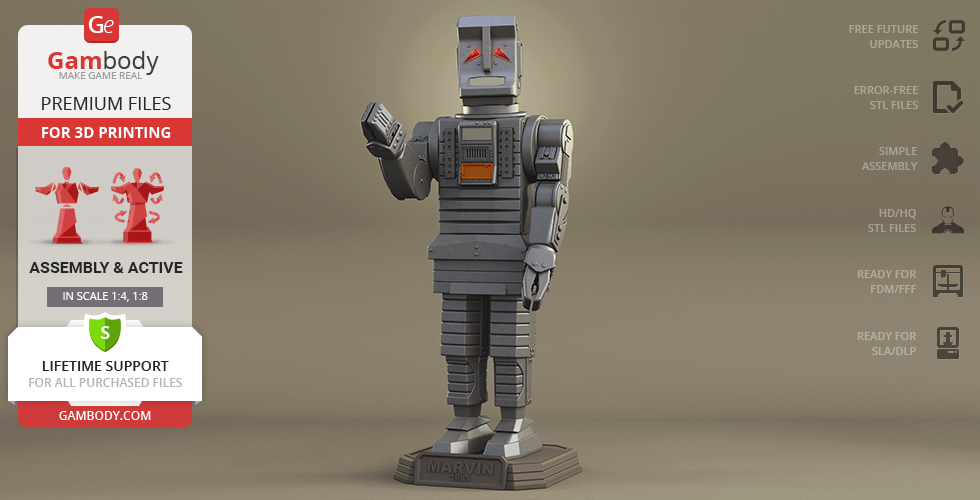
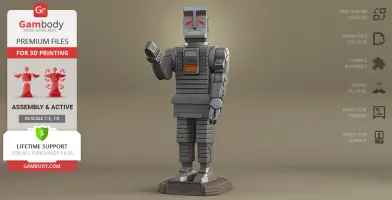
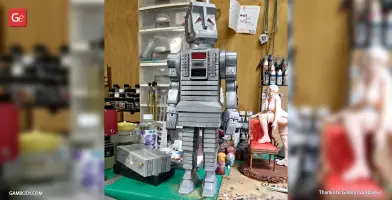
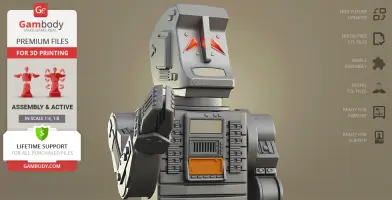
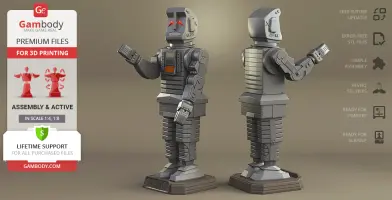
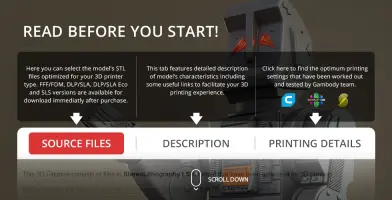
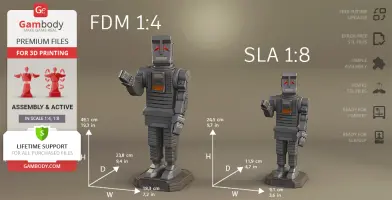
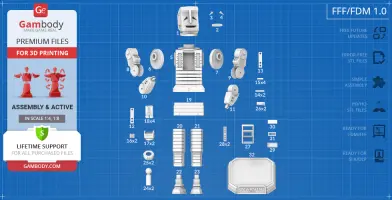
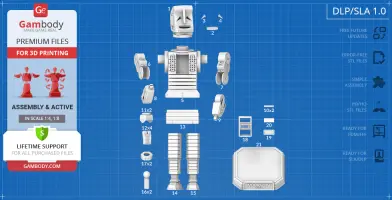
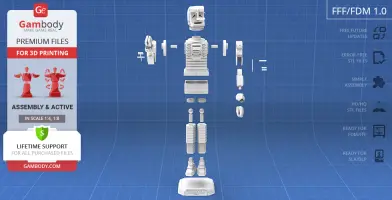
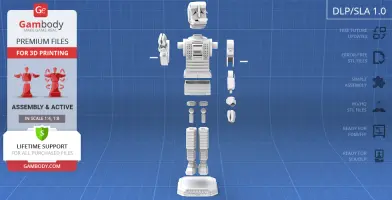
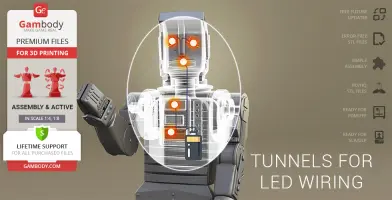
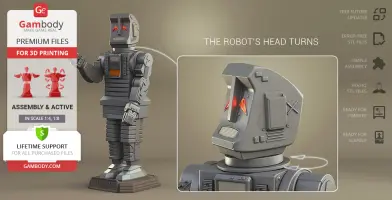
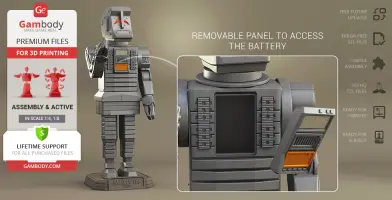
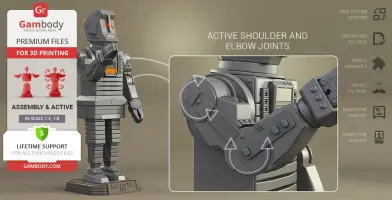
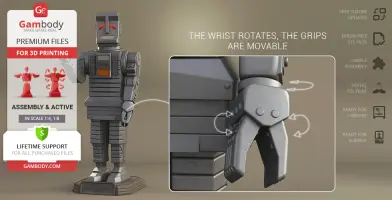
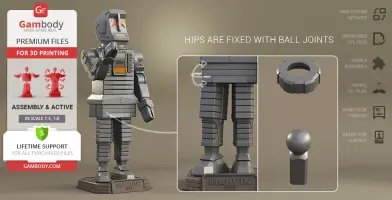
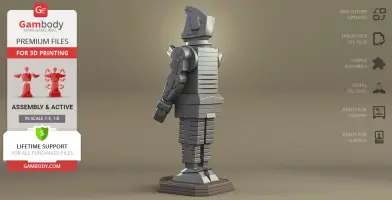
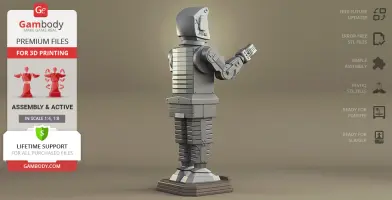
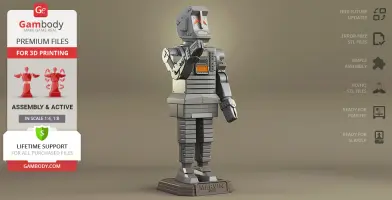
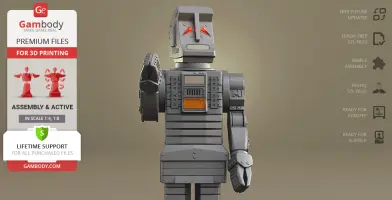
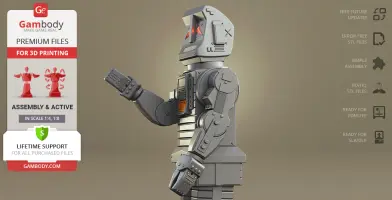
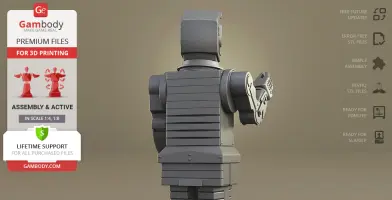
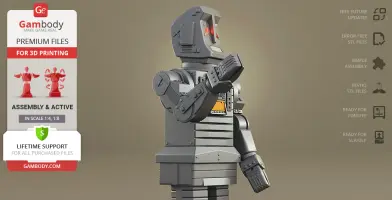
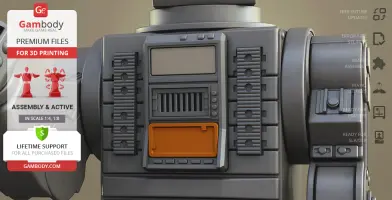
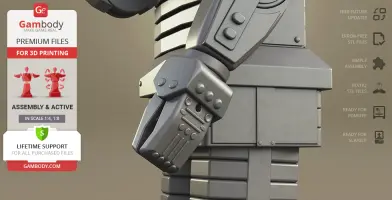
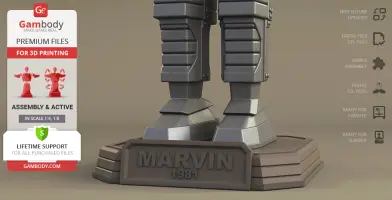
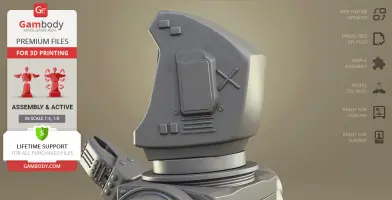
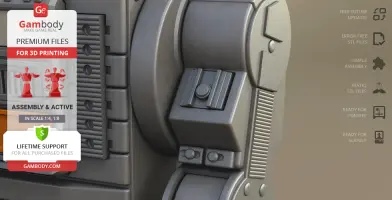
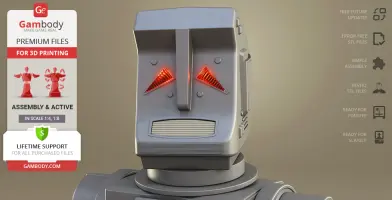
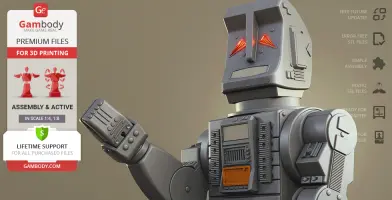
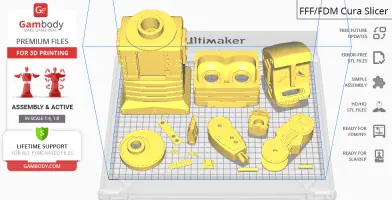
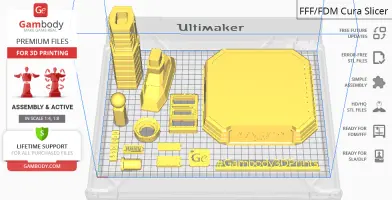
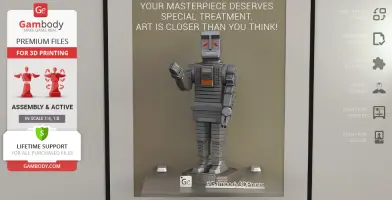


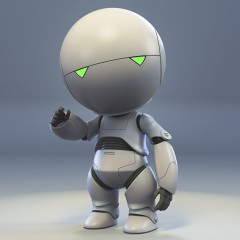
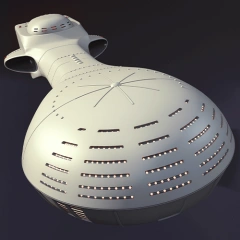
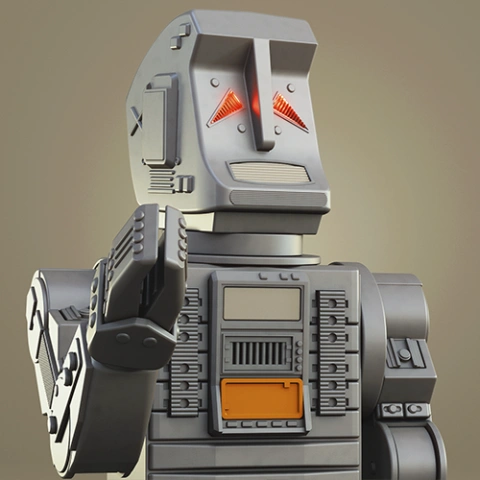
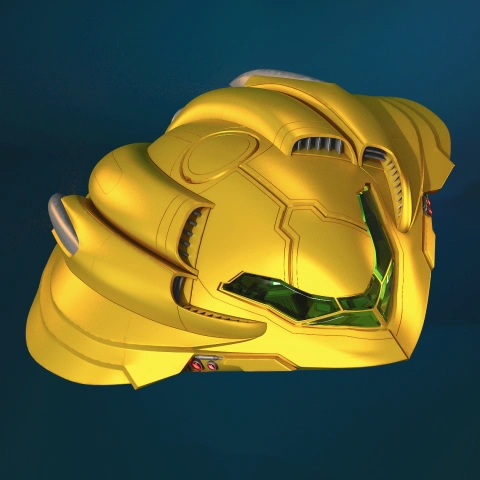
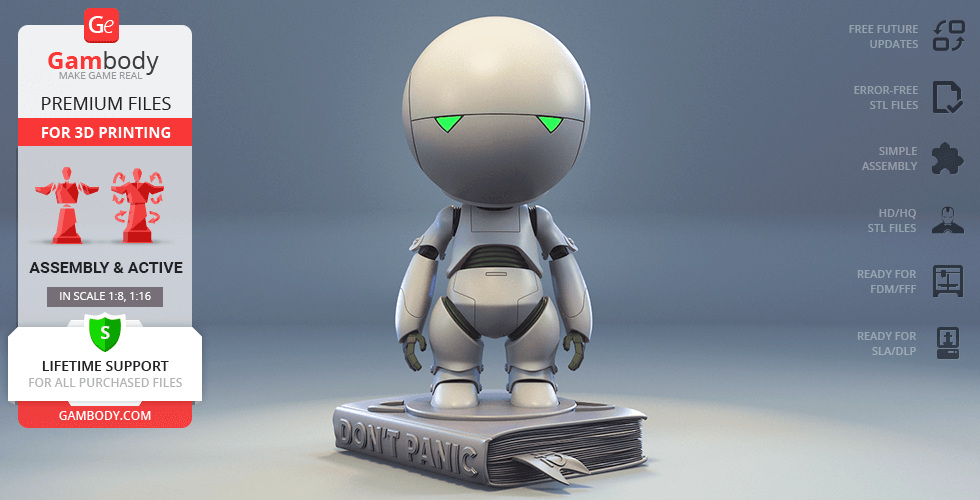
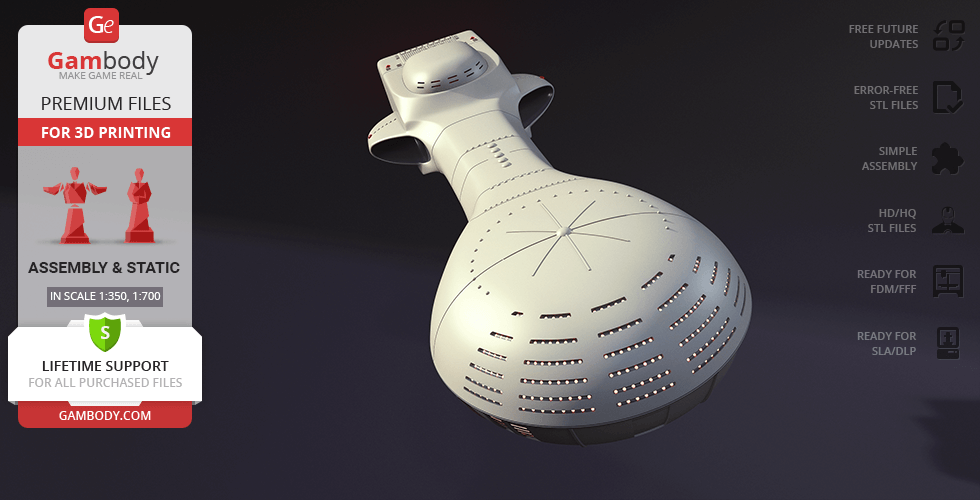
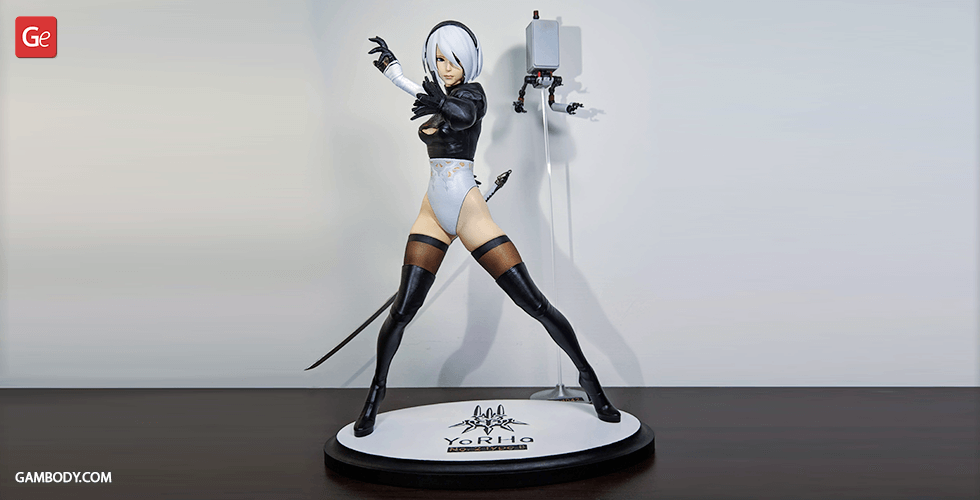
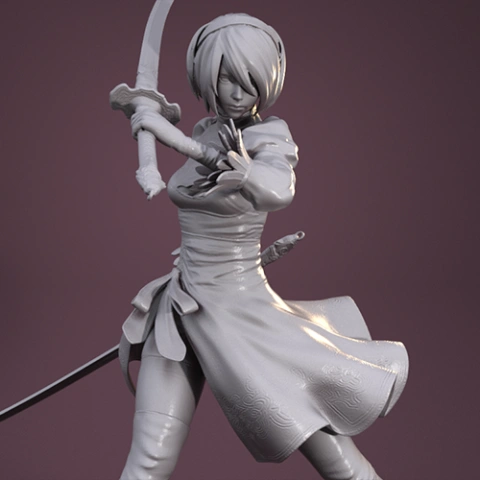
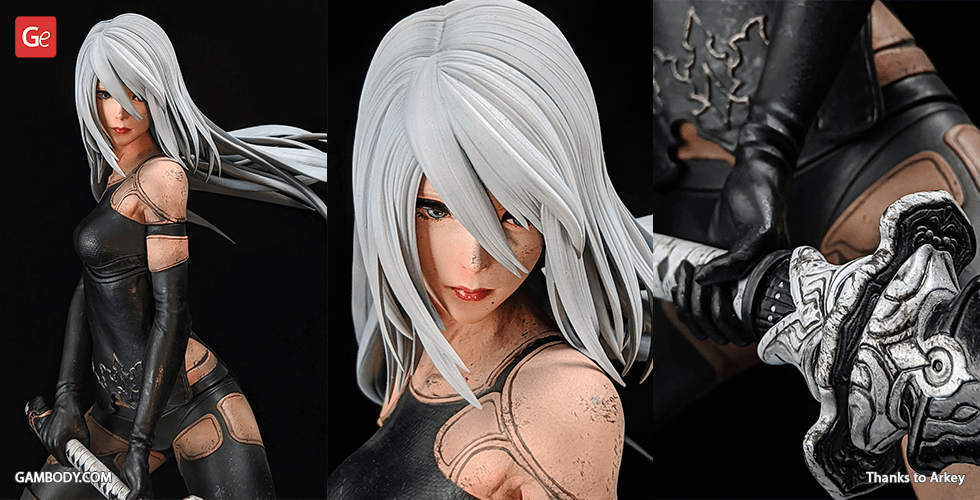
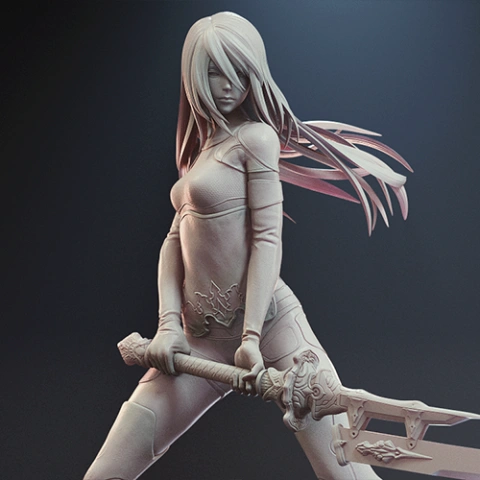
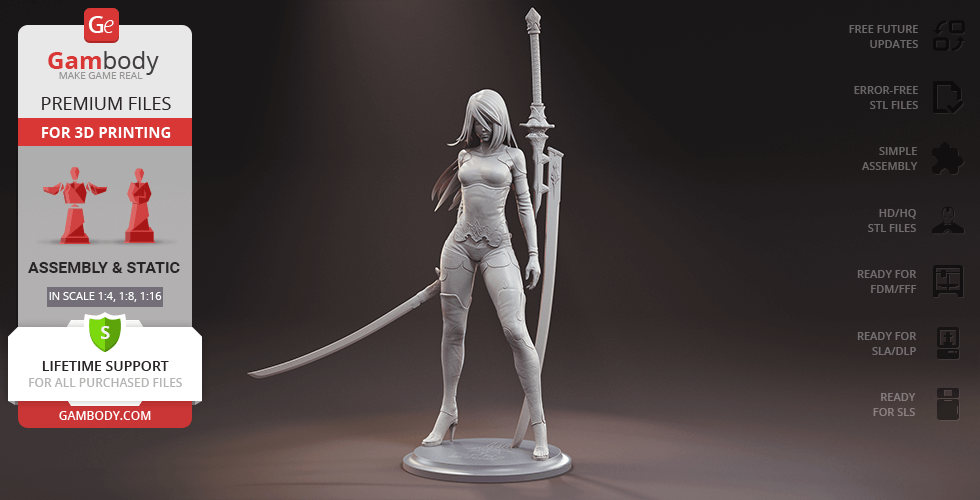
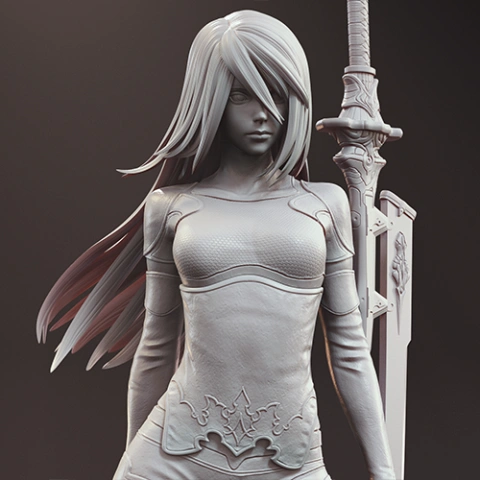
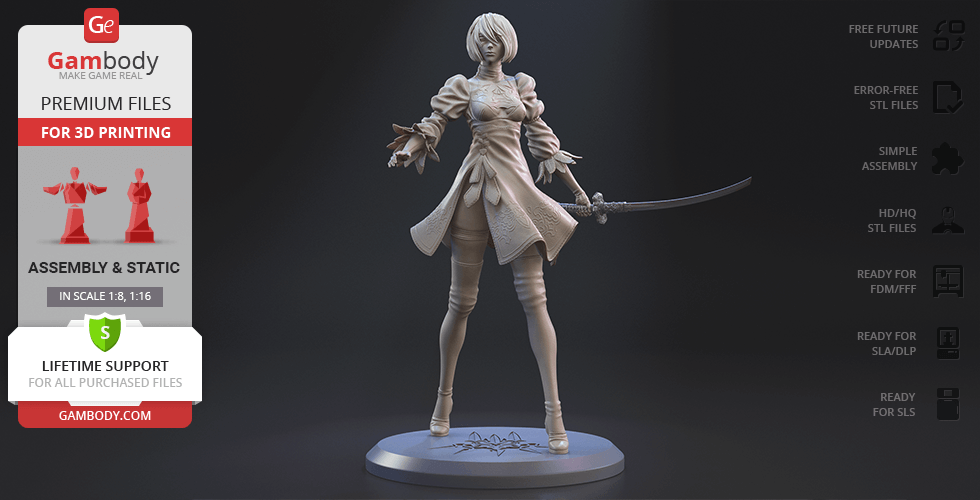
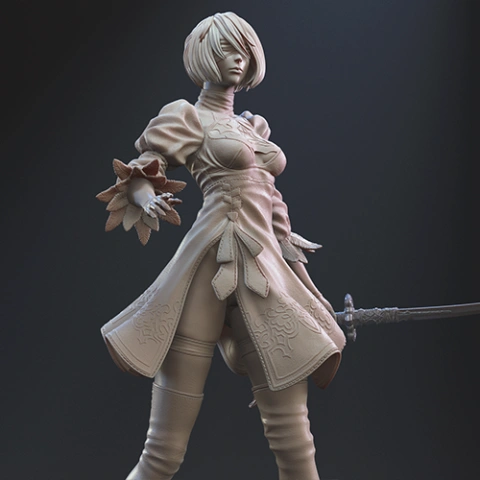
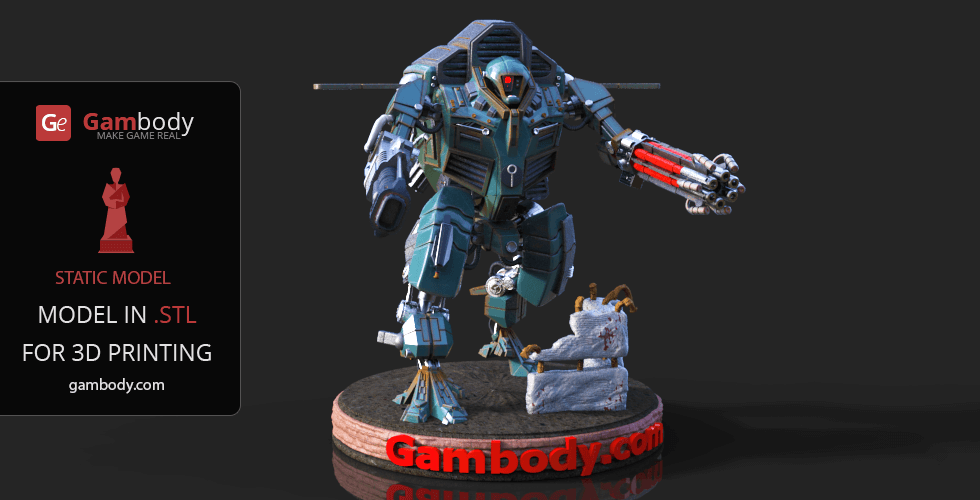

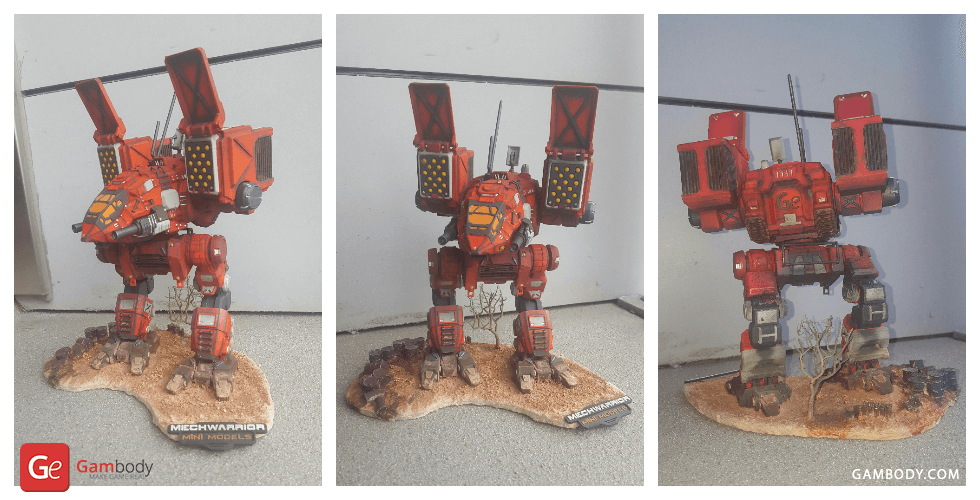
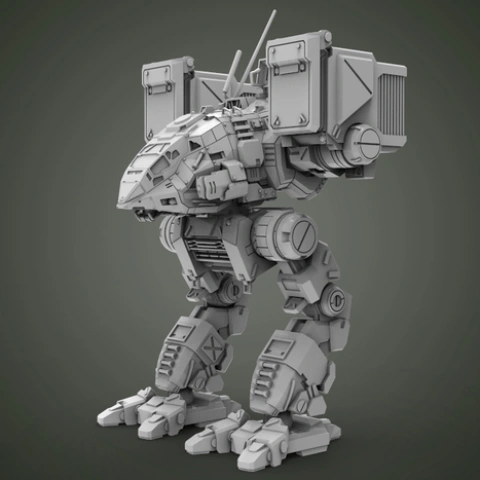
Comments